25 healthy eating habits from around the world we should ALL learn from
Global tips everyone should know

Shutterstock/Rawpixel
We all grow up with certain habits when it comes to eating and mealtimes, with a mix of influences from our families and the wider culture. But that doesn’t mean we can’t embrace the eating habits of other communities to give our health a boost. With the help of registered nutritionist, Rohini Bajekal, we reveal the healthiest eating and lifestyle habits from all over the world and explain how you can incorporate these ideas into your own diet.
Read on as we unveil the healthiest global eating practices in the world, counting down to the most beneficial of all.
25. Top whole grain toast with smashed avocado, Australia

Shutterstock/sweet marshmallow
The invention of this now-ubiquitous breakfast is often attributed to the late, great Bill Granger, an Aussie chef with a flair for sunny, shareable dishes celebrating the seasons. "Avocados are really rich in dietary folate, which helps with energy levels, as well as fibre and monounsaturated fats," says registered nutritionist Rohini Bajekal. "Add them to whole grain bread and you have a really complete food." Bill dressed his avocados with lime juice, olive oil, salt and pepper for extra zing.
24. Save wine for mealtimes, France

Shutterstock/jazz3311
In France, it would be considered almost unthinkable to sit down to a dinner of boeuf bourguignon or cassoulet without a glass of red wine, and perhaps this nation's approach to eating and alcohol is one we can all learn from. US research studying the health of nearly 312,000 drinkers found that enjoying a glass of wine with meals is associated with a lower risk of developing type 2 diabetes, though the wine alone brings no benefit. It's believed that the polyphenols – active plant compounds – in wine aid digestion, while cultural norms around alcohol protect against excessive intake.
23. Snack on nuts, Sardinia
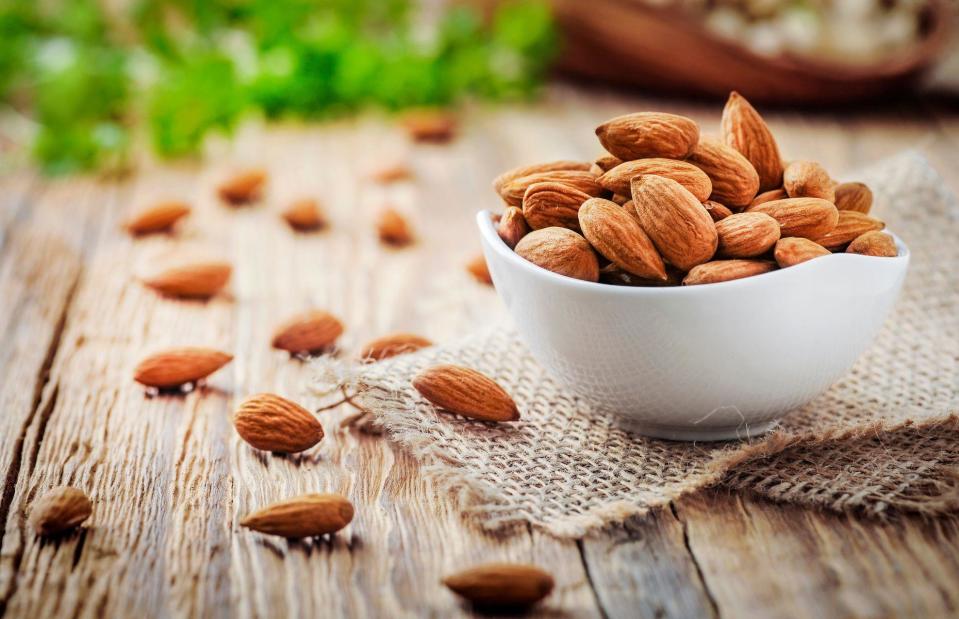
Shutterstock/Krasula
Reducing your consumption of ultra-processed foods high in salt and sugar may be easier than you think, especially if you start by addressing your attitude to snacks. One of many healthy eating habits common in Sardinia – a noted 'blue zone' location for longevity of life – is to snack on almonds. These popular nuts are a source of protein and fibre (helping to keep you feeling fuller for longer) and also contain vitamin E and other beneficial micronutrients.
22. Enjoy a siesta, Spain

Shutterstock/BreizhAtao
Not every culture encourages a mid-afternoon nap, but Spain's midday micro-sleep, also echoed in Latin America and the Philippines, is a great habit for health. "Most of us are chronically sleep deprived, which can impact our metabolism, as well so many other natural processes in our bodies," says Rohini. "Sleep also impacts our levels of ghrelin – the hunger hormone – and leptin, which signals we've had enough to eat." People low on sleep will tend to opt for sugary, high-energy foods, so napping after lunch may help you avoid reaching for the biscuits come afternoon.
21. Eat more squash, Costa Rica

Shutterstock/Tatiana Vorona
The Nicoya Peninsula on Costa Rica's Pacific coast has attracted attention for having a high average life expectancy – 85 years compared to 76 in the USA – despite the relative poverty of its inhabitants. One contributing factor may be the high consumption of squash, one of the traditional Mesoamerican 'three sisters' (along with corn and beans), which also crops up in other 'blue zone' longevity hotspots in Greece and Japan.
20. Build up on beans, Mexico
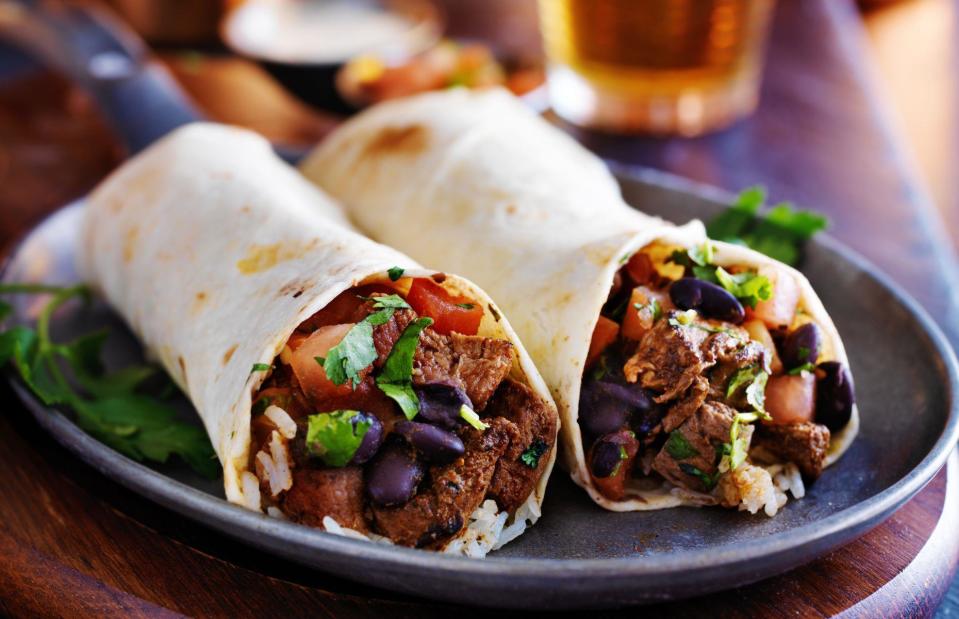
Shutterstock/ Joshua Resnick
Want to up your fibre intake? Take inspiration from Mexican cooks, who put a diverse range of beans at the centre of their cuisine. From refried beans (traditionally made from pale pinto beans) to black bean burritos or soups and stews made with a rainbow of different varieties, these dishes are cheap, high in protein and fibre and have a low glycaemic index (GI), meaning energy is released slowly, without causing spikes in blood sugar levels.
19. Breakfast like a king, Spain

Shutterstock/DronG
Whether we're talking about a hearty Spanish omelette, beautiful plate of pan con tomate or a freshly made bocadillo (sandwich), breakfast in Spain is a feast. "Having more of our calorie intake earlier in the day, when we're most insulin sensitive and primed to digest that food, is a great idea," says Rohini. Research also shows that low-carb, savoury breakfast options help reduce unhelpful spikes in blood sugar.
18. Take a post-meal walk, UK

Shutterstock/HTWE
The 'daily constitutional' so traditional in British culture relates to a post-meal walk, something many generations have understood to be good for digestion. It's a habit now backed by research, with a recent study proving that being active after eating helps control blood sugar levels. "A post prandial walk has been shown to reduce glucose spikes after a meal, even if it's only a 10-minute stroll," says Rohini.
17. Use chopsticks, China

Shutterstock/Hanasaki
Anyone who has mastered the art of using chopsticks will get a kick out of eating in this elegant way, but there's a hidden health benefit to choosing them over cutlery. The limited capacity of these clever sticks – traced back to ancient China – slows the pace of eating, forcing the diner to take a more mindful approach to their meal. The small bites and extra time between mouthfuls give our body longer to notice its fullness cues, meaning we're less likely to overeat or suffer from indigestion from eating too quickly.
16. Ferment your veggies, Germany
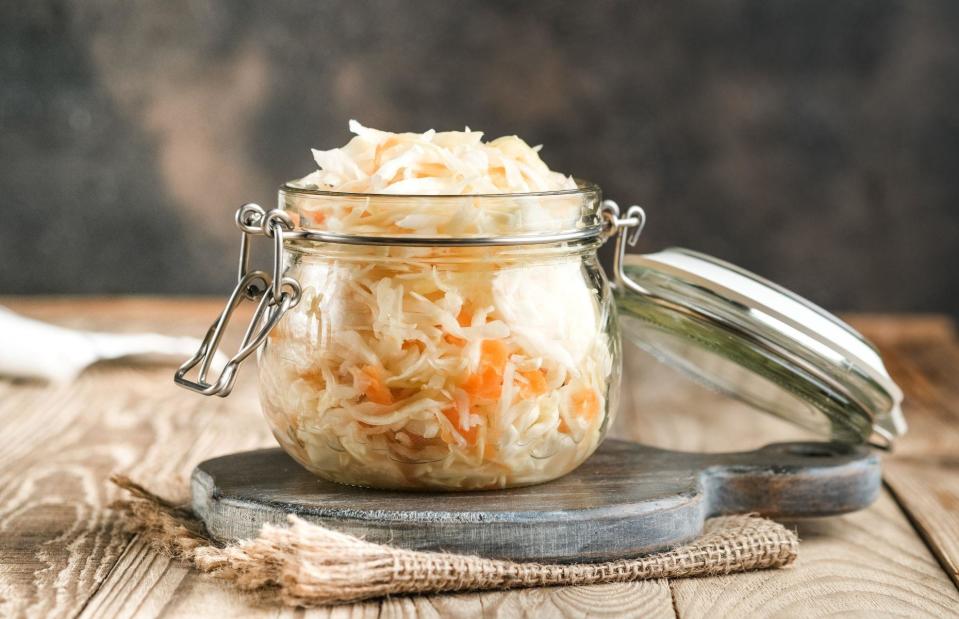
Shutterstock/alexzrv
Sauerkraut is a potent probiotic food made by fermenting vegetables with a little salt. "Fermentation is a rare example of how processing ingredients can really increase their health benefits," says Rohini. "The process increases levels of vitamin B and C and adds rich, umami flavours, so it's a really cheap way of improving the nutrition of your food and increasing the diversity of your gut microbiome." Make sure to source a live, unpasteurised kraut to enjoy all the benefits.
15. Add turmeric to your milk, India

Shutterstock/Antonina Vlasova
Keen to avoid food fads? Don't worry, your turmeric latte or golden milk has its ancient roots in the Ayurvedic traditions of India, where it's better known as haldi doodh. "Herbs and spices don't get enough attention, but nutritionists are always banging on about them because they're the most antioxidant rich of any food group," says Rohini. "Turmeric is really anti-inflammatory and has been shown to improve conditions like osteoarthritis and even reduce period pain." Seek out fresh turmeric root for higher concentrations of the active compound known as curcumin.
14. Plump for olive oil, Italy

Shutterstock/Elena Vaselova
The healthy Mediterranean diet is underpinned by an enjoyment of cold-pressed, high-quality extra virgin olive oil. "There's a mass of research on the benefits," says Rohini. "It's really high in polyphenols – powerful plant compounds – which are incredibly heart healthy and is one of the least processed types of oil, so is a really good swap for saturated fats like butter, lard or coconut oil."
13. Eat oily fish, Greece
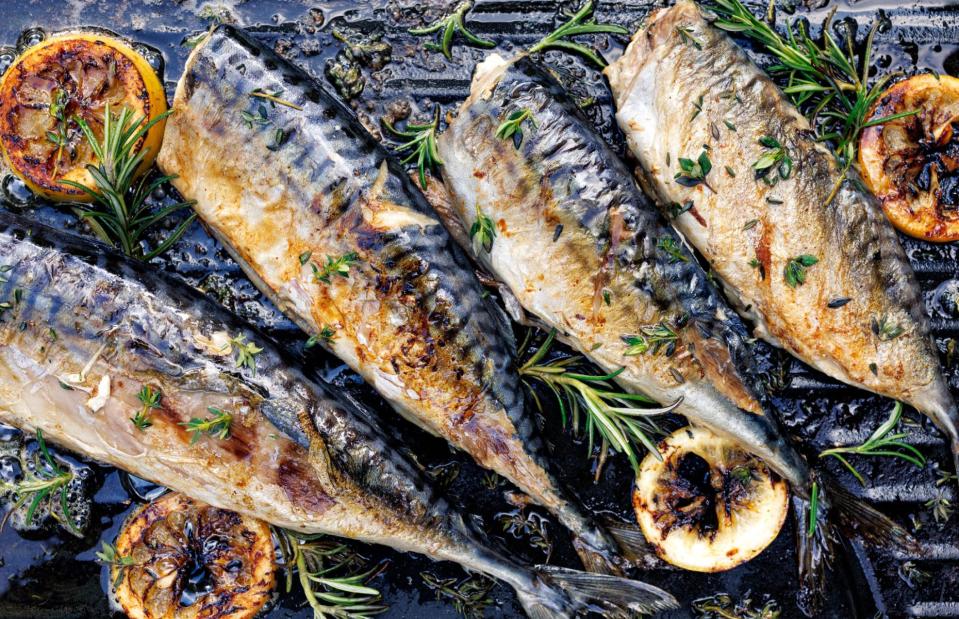
zi3000/Shutterstock
"Consumption of oily fish has been shown to be beneficial to heart health and brain function, thanks to long-chain fatty acids, specifically Omega-3s, which fatty fish like sardines and mackerel produce from algae," says Rohini. It's also a key part of the Mediterranean diet, which panels of nutrition experts have repeatedly voted the healthiest in the world. Rohini recommends eating a mix of sources of Omega-3, including chia seeds and walnuts.
12. Make pulses the hero, India
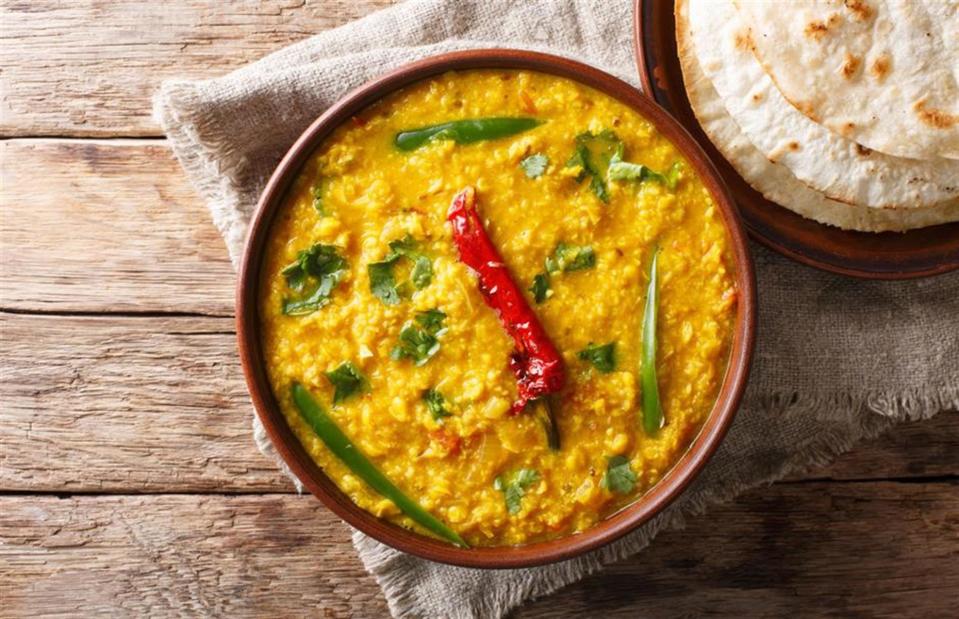
Shutterstock/AS Foodstudio
If you want to make a really positive impact on your diet in a simple step, embrace the eating habits of India, which has the highest production and consumption of pulses such as lentils, peas and beans. "In South India a lot of pulses and legumes are eaten, which are obviously climate friendly, but also heart healthy, rich in protein, high in fibre and low in cholesterol," says Rohini. Meeting the recommended daily intake of fibre is a big problem in many nations, so eating more Indian-inspired dhals and curries could be a game-changer.
11. Practice gratitude, USA

Shutterstock/SeventyFour
Recent research shows that a daily gratitude practice is a really healthy habit to adopt and is linked with higher life satisfaction and lower likelihood of developing depression. That's good news for half of Americans, who according to one poll, give blessings before eating. The concept of offering prayers or words of thanks for food exists in many cultures; why not try the idea at your next mealtime?
10. Avoid large meals in the evening, India

Shutterstock/StockImageFactory.com
"Ayurveda is an ancient health system, but there are some principles that have been backed by research, and avoiding large meals in the evening is one of them,” says Rohini. "Eating in sympathy with our body clocks or 'circadian rhythm' can improve our metabolism, energy levels, hormone production and appetite," she adds. Evening is when our body starts secreting melatonin, the sleep hormone, which interferes with digestion, so we need a lighter meal at that time.
9. Embrace variety, Ethiopia

Shutterstock/MagicBones
The national dish of Ethiopia is injera, a fermented, high fibre spongy flatbread made from teff (a complete protein). The rainbow of stews, sauces and salads traditionally served on top also dazzle when it comes to healthy eating. Variety is the spice of life in Ethiopia, and we can all learn from this approach. "Eating well isn't about restriction, but what you can add," says Rohini. "Consider where you can add colour, variety, new grains, fermented foods and more plants. There's so much diversity out there!”
8. Eat the seasons, Tanzania
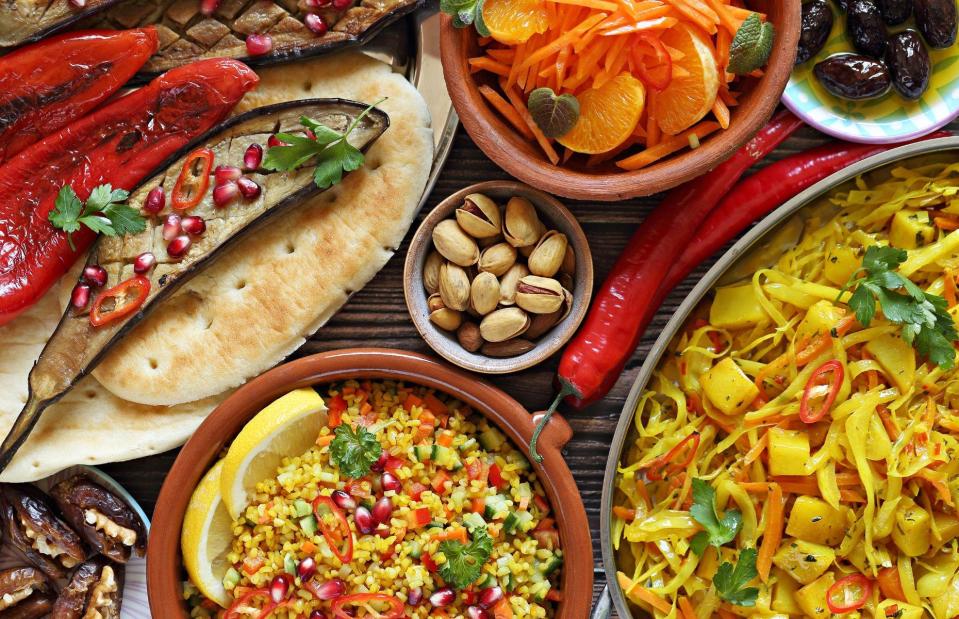
Shutterstock/Losangela
The Hadza people of East Africa are one of the world's last communities of hunter-gatherers and have impressive gut health to show for it. When researchers from Stanford University studied the microbiome of Hadza adults, they found a world-beating diversity of bacteria – a marker for good health. This super-healthy group also experience positive cyclical changes to their gut bacteria thanks to the hyper-seasonal, foraged diet they enjoy.
7. Add a side of kimchi, Korea

Shutterstock/Nungning20
Want to turbocharge the nutritional content of any meal? "Kimchi is a traditional Korean fermented food that's really rich in probiotics," says Rohini. "These are the good bacteria that can populate your gut giving various health benefits. There are several studies that show eating probiotic foods two to three times a day can improve anxiety levels and reduce overall stress." Kimchi is also delicious, versatile and the ultimate healthy convenience food.
6. Choose ancient grains, Bolivia
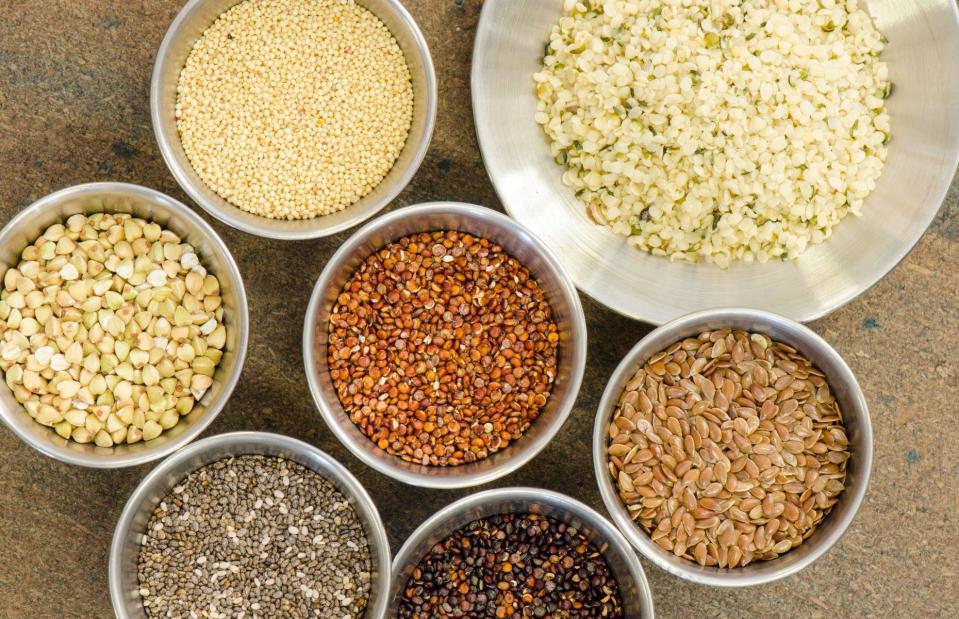
Shutterstock/Lost Mountain Studio
This South American state is a key global producer of highly nutritious cereal crops including quinoa and amaranth, which are eaten locally as a side dish and in soups, porridge and salads. "Most of us just consume corn, rice and wheat on rotation, but there are so many amazing ancient grains – amaranth, buckwheat and teff are all really good sources of protein, fibre and B vitamins," says Rohini. To make different grains cheaper and more convenient to cook, she recommends buying in bulk online and using a pressure cooker.
5. Eat with multiple generations, Italy
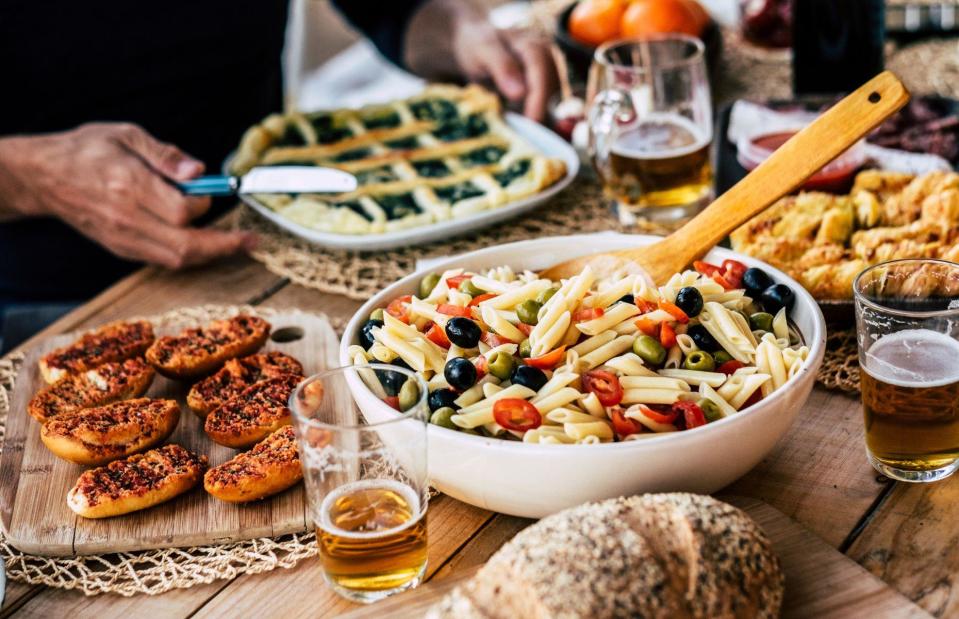
Shutterstock/simona pilolla 2
Pasta-making nonnas may be a cliché, but in Italy where in 2022 it was estimated that around 70% of young adults lived with their parents, multigenerational eating is not only common, but brings huge health benefits. "Loneliness is now an epidemic – not just for older people but also young people too," says Rohini. "The stress of that and its impact on appetite, impacts health." Rohini says that preparing and eating food together in multigenerational communities with precious communications that really connect everyone in a food culture is extremely important.
4. Stop eating at 80% full, Japan

Shutterstock/Rawpixel
The Japanese island of Okinawa is feted for its population of active elders, who make up the world's highest concentration of over 100-year-olds. Their secret may be 'hara hachi bun me', an ancient maxim that means 'stop eating when you're 80% full'. The healthy impact of this phrase is believed to relate to reduced calorie intake; by stopping their meal once no longer hungry, Okinawans consume an average of 600 calories fewer each day than Americans.
3. Eat like your ancestors, Iceland

Shutterstock/Ursula Ferrara
Whatever food trends come and go, experts agree that eating minimally processed foods is key to a healthy diet. Iceland, with its low pollution, long coastline and ancient food traditions, is one society where pure, unfussy foods are in abundance. Try adding more natural, unprocessed foods such as natural yogurt, dark rye bread and fresh fish to your diet.
2. Everything in moderation, Sweden

Shutterstock/Magdanatka
The Swedish concept of lagom, meaning 'just the right amount', encourages Scandinavian diners to build balanced, harmonious meals that create a mindful equilibrium. This gently uplifting philosophy translates into moderate portion sizes, fresh ingredients, lean proteins and slow foods such as fermented dairy and heritage preserves. Lagom brings a low-stress simplicity to the way people eat in Sweden and real pleasure is taken in enjoying light, comforting food in moderation.
1. Put plants at the centre of your plate, Chad
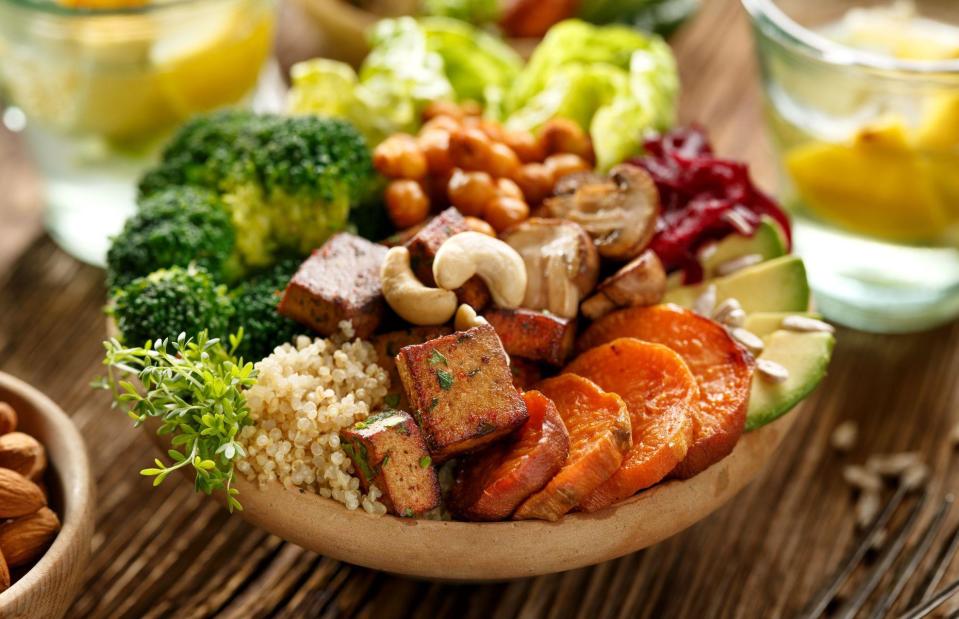
Shutterstock/zi3000
When researchers from the University of Cambridge School of Clinical Medicine, in the UK, explored the dietary quality of people in 187 countries in search of the healthiest, their number one surprised some. But the traditional diet of the Central African nation of Chad has a lot going for it. This low-income country prioritises vegetables, fruit, legumes, beans and whole grains. "Putting plants at the centre of your plate and not making meat, dairy, fish and eggs the star of the show is a huge tip," says Rohini.
Now discover the healthiest food pairings according to experts


